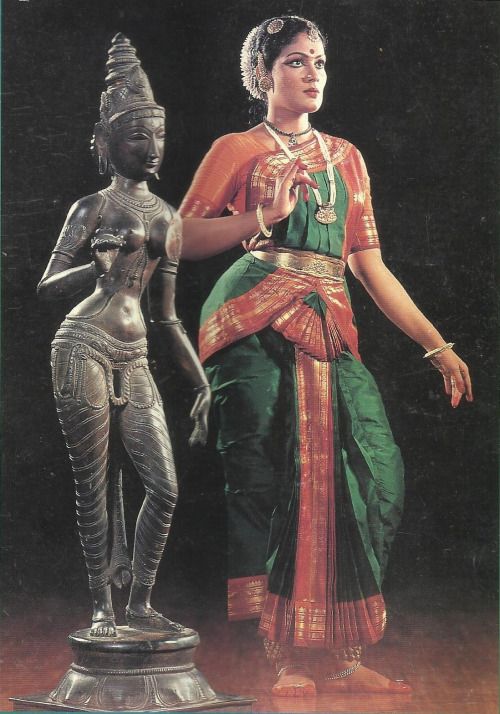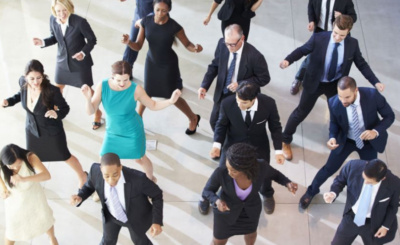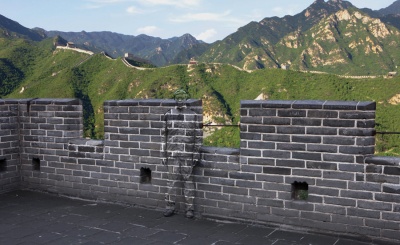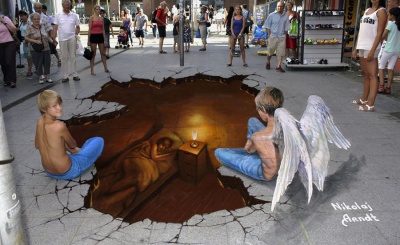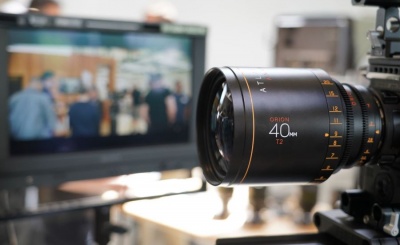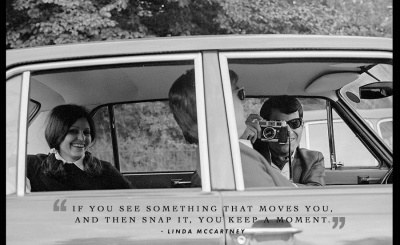The world is changing. Moreover, so are the arts that have been around for ages. One such art form, which has changed over time from being a traditional folk dance to an elegant performance on stage, is Bharatnatyam.
It has evolved over the years globally through paintings on walls that depict scenes portrayed by these dancers who are draped head to toe in vibrant colors; it can be seen within famous monuments such as Thiruvalluvar’s Temple at Mamallapuram built during the Pallava dynasty which now boasts elegant architecture depicting imagery similar to this sacred Indian artform.
One of the most significant changes in this tradition was seen when paintings and architecture became part of performance art, as they welcomed more abstract forms into their visual vocabulary.
Dancing Paintings:
The Visnudharmottara Purana mentions that learning the chitrasutram of the Nrityashastra is difficult.
King Vajra in the Visnudharmottara Khanda Purana entrusted to the Master the canon of the movements of the living and how these movements are captured in plastic media and stone colours.
Markendeya Muni believes that chitra, sculpture, painting and natya (theatrical art) are imitations of the cosmos, humans, other beings and their emotional states. This assertion underscores the dynamic and static interdependence of art. Dynamic art uses the human body as a means of expression, and the difference between sculpture and human form is carved in stone and dances human emotions caught in motion. In natya various drishti, bhava, abhinaya, anga and upanga present the highest image of Parama Chitra.
Sculptures and Emotions Through Abhinaya And Bhava :
According to Bharata, the most important part of Natya is abhinaya from the etymology of ni, the root verb that means bring. In this way the word is visualized in the space of the dancers “gestures. In Indian dramaturgy, dance is rich in poetic images, and abhinayas promote the transfer of meaning from one medium to another.
In Indian sculptural forms, the human form is permeated by feelings. The relationship between external gestures, mental qualities, character classification according to Guna Sattva Raja Tama, calculation of form according to Tala, categorization of movement according to Bhanga, distraction from the central median, enumeration of images according to Asana (s) and sitting posture are techniques of Indian sculpture. The postures, movements, twists and thrusts of the body correspond to the particular bhavas used to represent the characters.
The established aesthetic of plastic art forms is steeped in emotions and is intended to evoke rasa (emotion). An important aspect of abhinaya and bhava exists.
Their interdependence can be examined from a number of angles. In classical Indian dance sculpture, the basic anatomical structure of a person is considered abhinaya, while darpana in limbs is classified as anga, upanga and pratangya.
The characters portrayed in the dance use overlapping techniques of Vaya, Age, Guna (Quality of Mind), Bhanga (Distraction) and Lot (Line). The tala is the unit of measurement of the sculptures. It is the unit of measurement of the sculptors for physical space and the measurement of the dancers for rhythm.
Sculptures and Paintings:
The term padavyam talam acharet is often used. In Indian dance, Tala is depicted as the footwork of an ankle bell that emphasizes the audiometric beat. The tribhangi pose can be found in many sculptural representations of Indian dance. The first pose of many dances is the sama, with equal weight on both sides. Bhanga (s) are classified as dance movements.
The Nataraja icon, Lord Krishna’s Nrittamurti and Lord Gasneshas icon are good examples. Backrest Buddha icon, Anantasayana Vishnu icon and Shiva Saraswati icon have a seated pose, to name just a few. Sthana’s standing posture, Asana’s sitting posture and Shayana’s supine posture are derived from the Bhanga concept.
After a few rhythmic sequences of moments of perfect balance, Indian dancers seem to strike flawless poses in a given time unit. Sculptors use lines of perfection to stop the flow.
You will be fascinated by the liveliness of classical Indian dance. By depicting sculptural carvings,paintings, art historians and dance scholars succeeded in reconstructing the dance styles and missing limbs in the history of dance.
The most striking similarity with the Hastabhinaya is the use of hand movements to convey meaning. For example, the Nataraja icon has the right hand of Abhaya Mudra and the left hand of Gajahasta. The use of hasta in sculpture represents the figure in a specific way.
The dancers have more flexibility and space, and the sculptor focuses on remaining in a pose that is achieved through a series of movements so that they never deviate from the central Shilpasastras (Brahmasutras) of the middle bhanga.
Many of the hasta (s) listed in the treatises can be divided into three types: asamyukta, samyukta, and nrittahasta. The abhinayadarpana devata hasta, dashavatarahasta and bandhava hasta. The hasta is ornamental and serves the purpose of nritta, which is rhythmically, elementally and mimically free. The dance hasta can be combined with the facial expression of mukhaja or abhinaya.
On the other hand, Indian dance inspired sculptors to carve dynamic movements into temple walls. Temple rituals have enriched many Indian dances.
Based on the above, it is possible to assume that the interdisciplinary study of sculptural art has improved dancers ‘ understanding of the precision necessary to achieve the perfect pose without restriction.
As times change and people’s perception about themselves changes as well, it becomes important for artists to keep up with these new trends in order not only survive but also thrive in today’s market place.
Any form of art though it Painting, Architure or Dance can be exist only if its if transformed to the next generation with the same generosity and dedication. Geetalayam is one such prominent school of Bharatham in Chennai, (https://geethalayam.com/) who believes that visual beauty of Indian culture can be seen through this beautifully performed classical dance style and creating talented dancers who use their bodies expressively while infusing vibrant colours into every movement they make; giving life back onto blank canvases or old walls where the culture lives.

